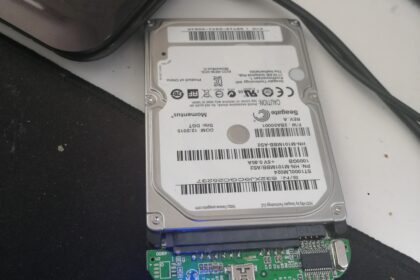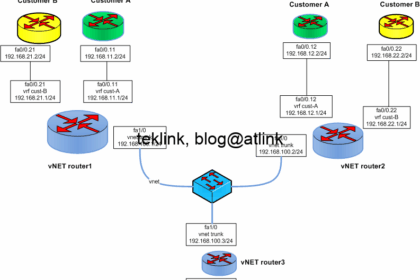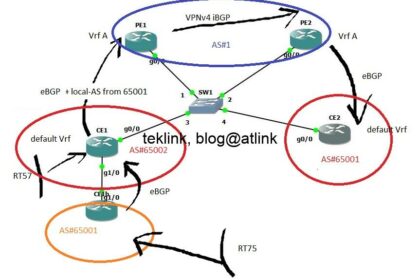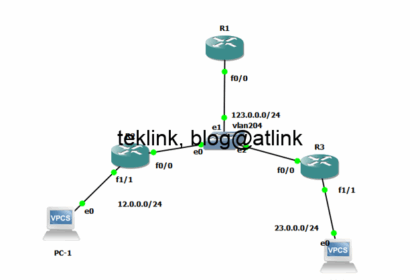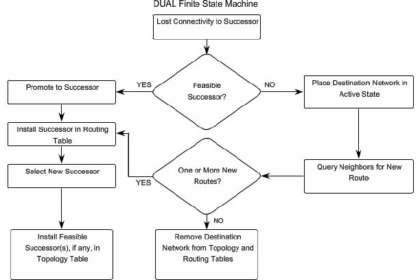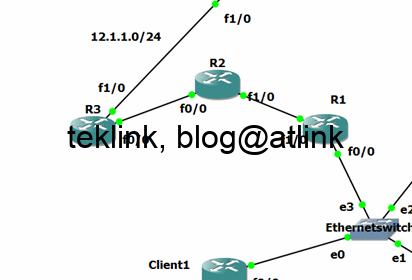In this post, let’s understand hard drive operation and try to find a methodology (procedure) to troubleshoot it (and heal it if needed). Lab setup Let’s describe in detail our “simp...
In this blog, we’ll explore the operation of IGP interior routing protocol EIGRP over vNET trunks (another way to say networking trunking similar to vlan trunks used in L2 network by switches to...
Let’s put into play AS-Override feature in BGP: see when it applies and how it works. Introduction First, AS-Override feature applies to sites that have the same AS number but are linked by anot...
In this blog, we’ll discuss the operation of OSPF dynamic routing protocol in a specific case where all participating routers share the same LAN Ethernet broadcast network and are configured as ...
In this blog, we study how DUAL route FSM Processes EIGRP Queries. Introduction Let’s recall that EIGRP is one of the so called IGP routing protocols. IGP stands for interior routing protocols a...
This post is part of a series of posts about dynamic routing protocols and especially RIP. We’ll try to get a deep understanding of its operation and function as an introductory to dynamic routi...
Ansible (1) Aruba (1) Blockchain (2) Checkpoint (3) Cisco (32) Connectivity (38) Creativity (13) Cybersecurity (1) Extreme Networks (1) Fortinet (1) GNS3 (11) Linux (1) MachineLearning (1) Microsoft (4) Productivity (5) Python (1) RFC (1) Scapy (1) VirtualBox (1) Wireshark (7)
- Protected: An Example Network From Scratch… Internet AccessThis content is password protected.
- Protected: An Example Network from Scratch… Build the Wifi NetworkThis content is password protected.
- Protected: An Example Network From Scratch… On-Premise Network Automation With AnsibleThis content is password protected.
- Protected: An Example Network From Scratch… Build your Network SecurityThis content is password protected.
- Travailler Son CVLe CV est une étape importante de toute recherche d’emploi, au moins pour initier le processus (répondre à une offre, candidature spontanée, etc.)… plus encore, c’est une occasion de se poser, de réfléchir son développement, son expérience et de se projeter dans une nouvelle opportunité! Une approche classique du CV Pour nombre de “demandeurs d’emploi”,
| M | T | W | T | F | S | S |
|---|---|---|---|---|---|---|
| 1 | 2 | 3 | 4 | |||
| 5 | 6 | 7 | 8 | 9 | 10 | 11 |
| 12 | 13 | 14 | 15 | 16 | 17 | 18 |
| 19 | 20 | 21 | 22 | 23 | 24 | 25 |
| 26 | 27 | 28 | 29 | 30 | 31 | |

